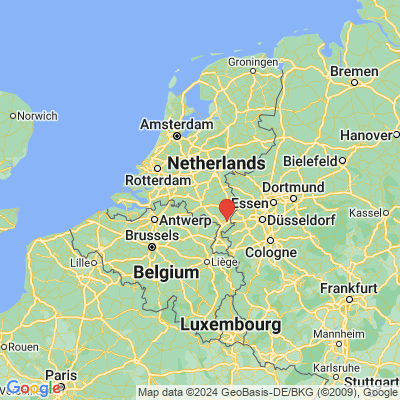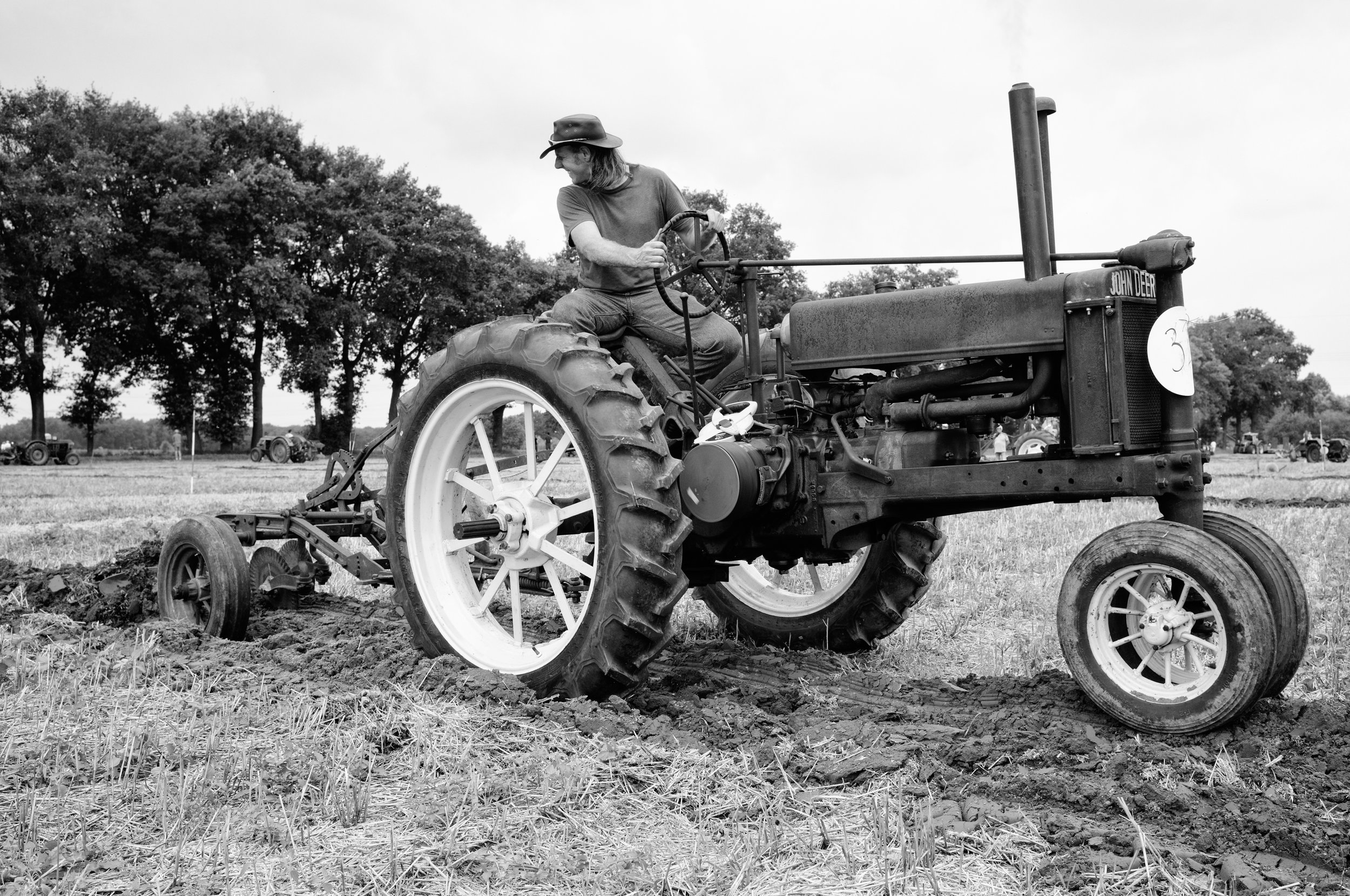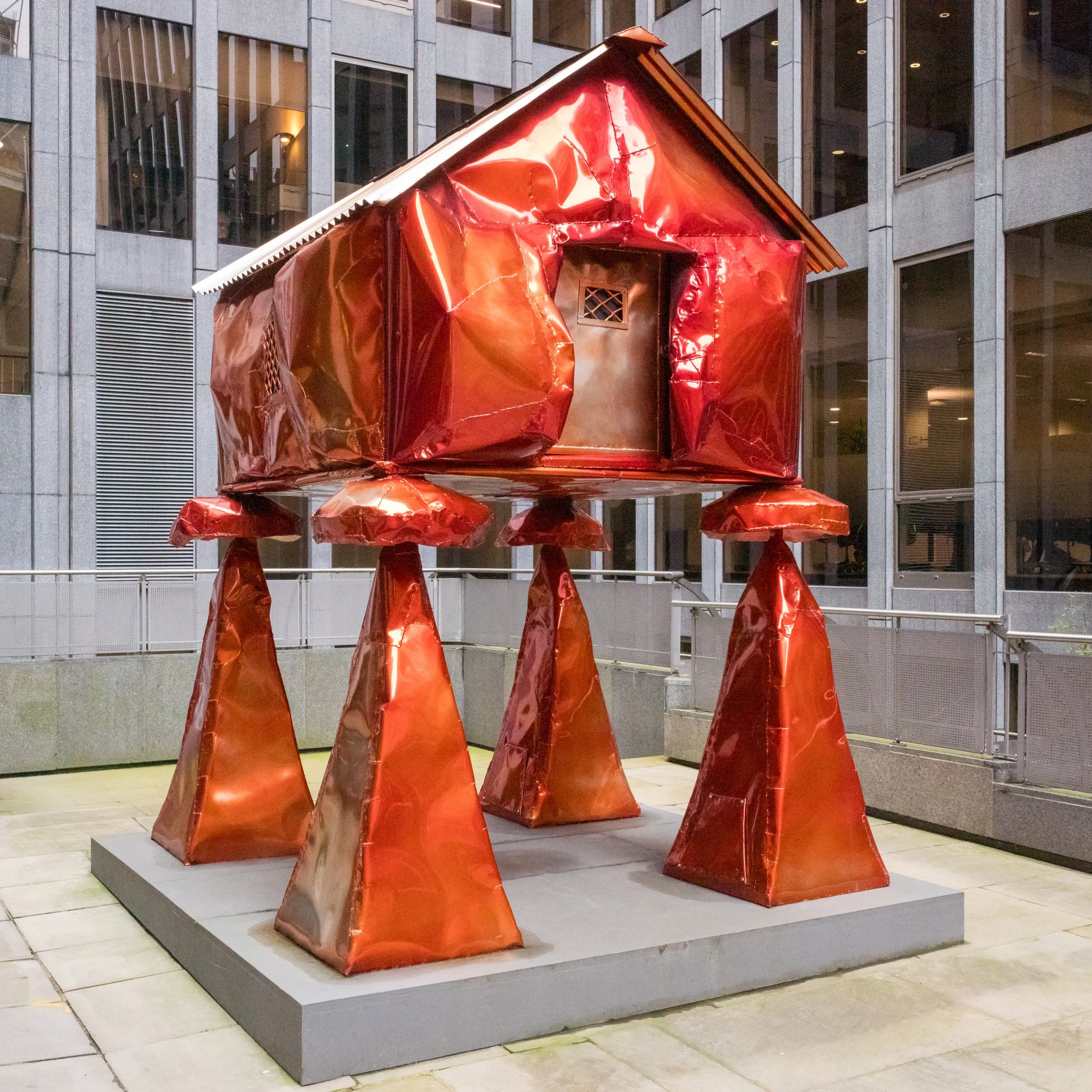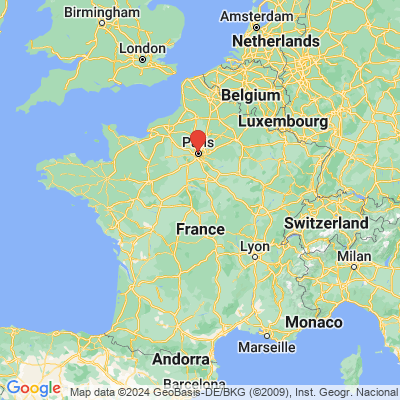Volunteers at the Repair Café Roermond.
Repair Cafés represent a global grassroots movement that marries sustainability with community engagement. These events, like the one held in Roermond, are free and open to everyone, offering a space where individuals can come together to repair broken items. The philosophy behind Repair Cafés is simple yet profound: rather than discarding and replacing, people are encouraged to repair and reuse, thereby reducing waste and promoting environmental stewardship.
At a Repair Café, participants bring in broken items from home—whether it's clothing, furniture, electrical appliances, bicycles, or toys—and work alongside skilled volunteers to fix them. These volunteers, who possess a wide range of repair knowledge and skills, provide guidance and support, transforming what might otherwise be a frustrating experience into an educational and rewarding one. The act of repair becomes a shared endeavor, with visitors learning new skills, gaining confidence in their ability to fix things, and contributing to the collective knowledge of the community.
Even those who arrive with nothing to repair find value in the experience. They can enjoy a cup of coffee or tea while observing the repair process, offer help to others, or simply gain inspiration from the books on DIY repair and crafting available at the reading table. The atmosphere at a Repair Café is one of collaboration and creativity, where the focus is not only on fixing items but also on building relationships and fostering a sense of community.
Repair Cafés are more than just places to mend broken objects; they are vibrant hubs of learning, sharing, and sustainability. They challenge the throwaway culture and emphasize the importance of resourcefulness, all while bringing people together in a spirit of cooperation and mutual support. Through these gatherings, Repair Cafés empower individuals to take an active role in reducing waste and preserving the environment, one repair at a time.
Some more volunteers at the Repair Café Roermond.





















































